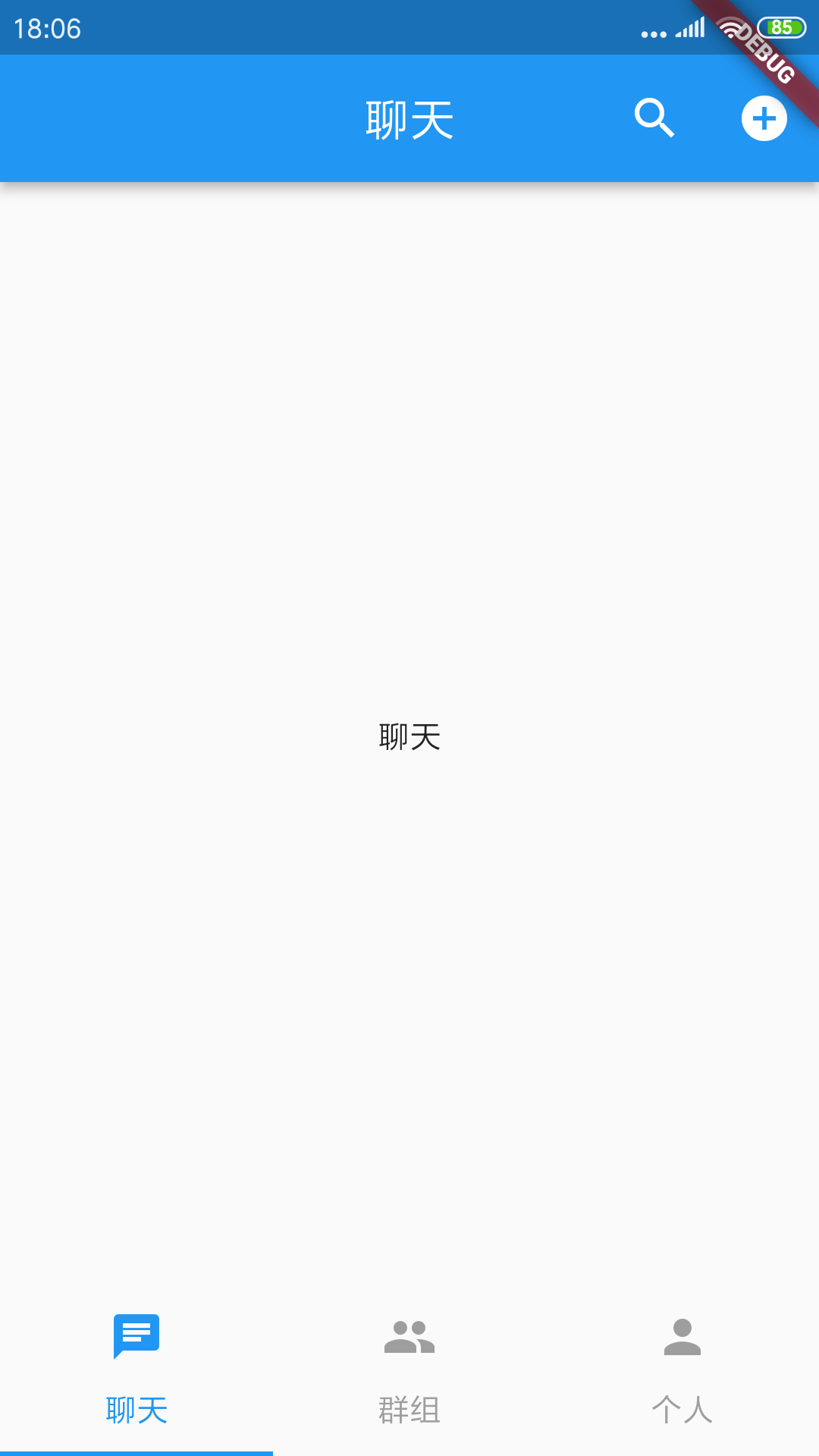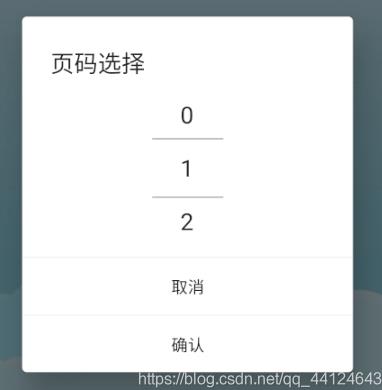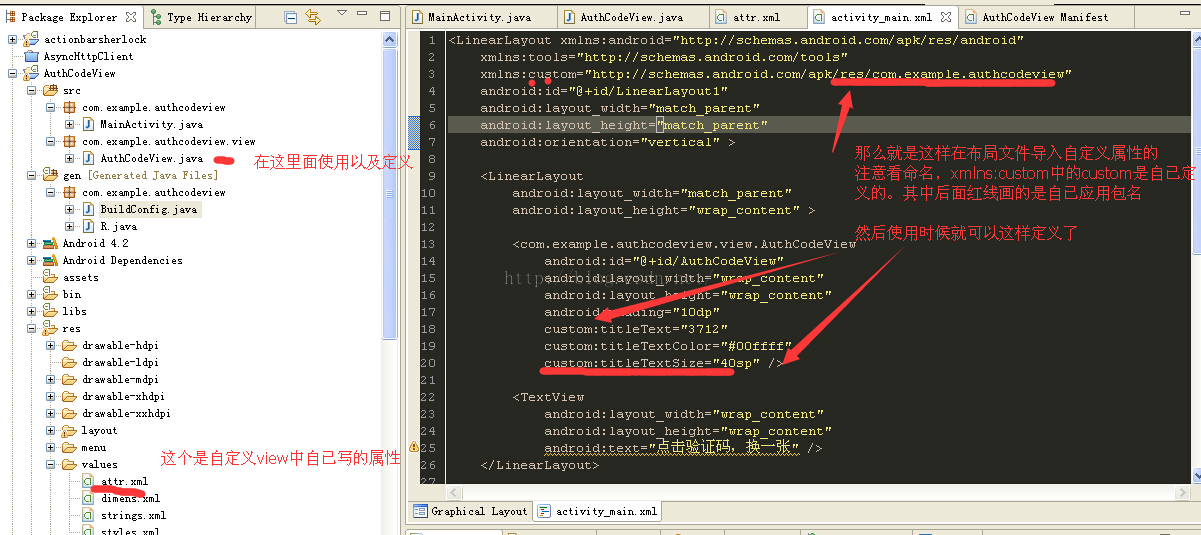前言
我们知道移动应用页面跳转是非常重要的一部分,几乎我们的程序和用户打交道的就是页面,或者叫view,我们Android基本都是Activity和Fragment。而且Flutter当中叫做Route,它就是与用户打交道的页面。本文详细探索一下Flutter当中页面之间是怎么交互的。
Route类似Android中Activity,所以Flutter中的页面跳转类似Android中Activity之间跳转,Intent携带传递的数据。
正文
页面跳转
我们现在看看Flutter中是怎么进行页面交互的,也就是页面之间的跳转。
从上一个页面A跳转下一个页面B,有两种方式:
- 通过Navigator.push()跳转
- 通过Navigator.pushName()跳转
返回上一个页面:Navigator.pop();
提示:通过Navigator.pushNamed()跳转的,记住一定要注册routeName!!!
提示:通过Navigator.pushNamed()跳转的,记住一定要注册routeName!!!
提示:通过Navigator.pushNamed()跳转的,记住一定要注册routeName!!!
重要的事情说三遍😏😏😏!!!
代码如下:
//第一种:通过Navigator.push()跳转,类似Android中的startActivity(),指定Activity类名这种方式;
Navigator.push(context, MaterialPageRoute(builder: (context) {
return ThirdRoute();
}));
//第二种方式:通过Navigator.pushName(),类似Android中的startActivity(),指定class全路径这种方式;
//先在MaterialApp里面注册Route
routes: { SecondRoute.routeName: (context) => SecondRoute(),}
Navigator.pushNamed(context, SecondRoute.routeName);
//返回上一个页面,类似Activity的finish();
Navigator.pop(context);
页面跳转并携带数据
基于上面的两种跳转方式,对应有两种
1、通过Navigator.push()跳转,将参数传到B页面的构造方法中,代码如下:
//A页面跳转,直接将参数传到B页面的构造方法里面
Navigator.push(context,
MaterialPageRoute(
builder:(context) => BRouter(string)
))
//BRouter构造方法
class BRouter extends StatelessWidget{
final String str;
BRouter(this.str);
}
2、通过Navigator.pushNamed()跳转,使用ModalRoute.of()或者MaterialApp(CupertinoApp)构造器中的onGenerateRouter()获取参数,建议使用ModalRouter.of()。代码如下:
//A页面跳转,arguments就是需要传递的数据,这里的arguments是一个可需参数
Navigator.pushName(context,routerName,arguments);
//B页面提取参数,传的是什么类型,就用什么类型接值,这里用String演示
//第一种用ModalRouter接值
String arg = ModalRouter.of(context).setting.arguments;
//第二种在onGenerateRouter里面接值
MaterialApp(
onGenerateRoute: (settings) {
// 先根据setting里面的name判断是哪个Router
if (settings.name == PassArgumentsScreen.routeName) {
// 然后取出setting里面的arguments
final ScreenArguments args = settings.arguments;
// 然后再通过具体Router的构造方法穿过,类似上面的第一种方式接值方式
return MaterialPageRoute(
builder: (context) {
return PassArgumentsScreen(
title: args.title,
);
},
);
}
},
);
返回上一个页面并返回数据
从当前页面B返回上一个页面A回传数据:
一般都是点击B页面某个控件,关闭当前页面,把需要的数据回传,类似Android中的SetResult(Result.ok,intent)
//当前页面B中的按钮
RaisedButton(
onPressed: () {
// 点击button,关闭页面,回到上一个页面,回传数据
Navigator.pop(context, '回传的数据');
// 这个方法通过方法名也能看出来,关闭当前页面,跳转到具体的页面,也可以回传数据。
// tips:参数加[]说明是非必传参数
Navigator.popAndPushNamed(context, routeName,[T result])
},
child: Text('返回'),
);
//回到上一个页面A,需要接值的话,在点击去下一个页面的需要使用到async延迟接收
//当BuildContext在Scaffold之前时,调用Scaffold.of(context)会报错。所以这里通过Builder Widget来解决
Builder(builder: (context){
return RaisedButton(
onPressed: () async {
//2: 通过Navigator.push方式携带跳转
String str = "我是第一个页面的数据";
//疑问为什么只能用var接值,不能用String?
var result = await Navigator.pushNamed(context, SecondRoute.routeName,
arguments: str);
if (result != null) {
//通过snackBar将接收到的数据show出来。
Scaffold.of(context).showSnackBar(SnackBar(
content: Text(result),
backgroundColor: Colors.blue,
duration: Duration(milliseconds: 500),
));
}
},
child: Text("携带数据跳转"),
);
}),
下面我们来看看最终的演示效果:

总结
这样我们就把Flutter当中最基础的页面跳转,以及页面之间数据交互讲解完了,小伙伴可以愉快的去做各种页面交互啦😊😊😊。
好了,以上就是这篇文章的全部内容了,希望本文的内容对大家的学习或者工作具有一定的参考学习价值,谢谢大家对好代码网的支持。





